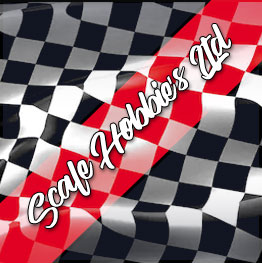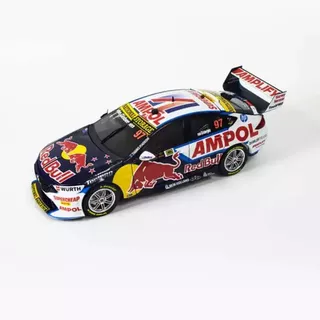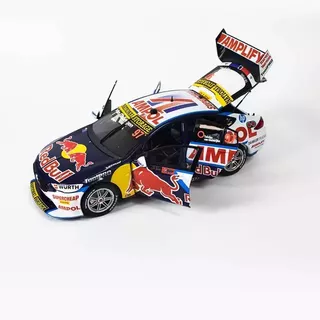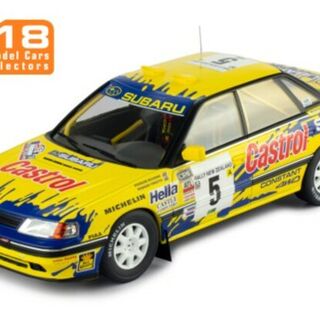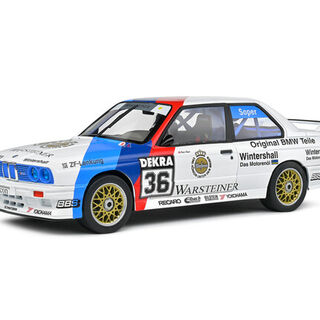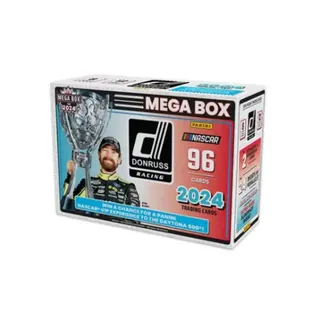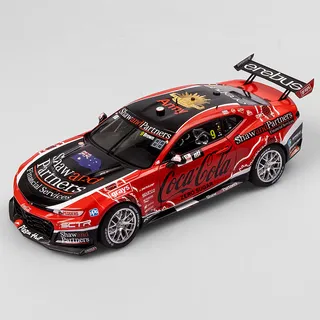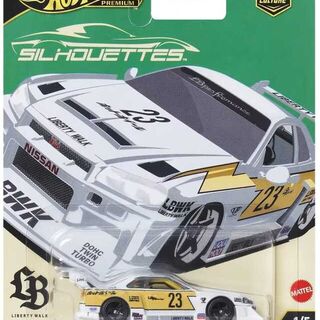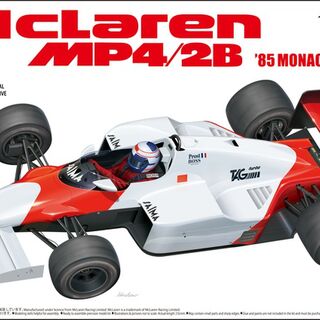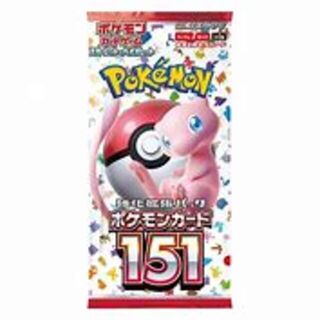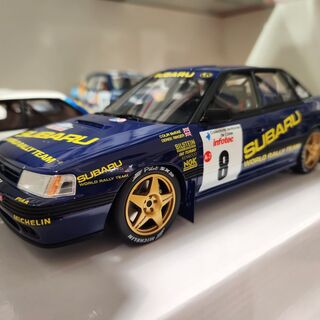Airfix 1/72 scale kitset of Curtiss P-40B Warhawk
The P-40 served the United States Army Air Force throughout the Second World War, fighting in Europe, across Asia and in the deserts of North Africa. While not as maneuverable as the Japanese Mitsubishi Zero, or as fast as the German Messerschmitt Bf109, the P-40B still proved to be a tough opponent. Pilots liked the fact it could often get them home after sustaining heavy damage, as well as being able to inflict it with its armament of six machine guns.
Plastic model kit, instruction sheet, paint layout sheet and decals included. Paints and glue sold separately.
